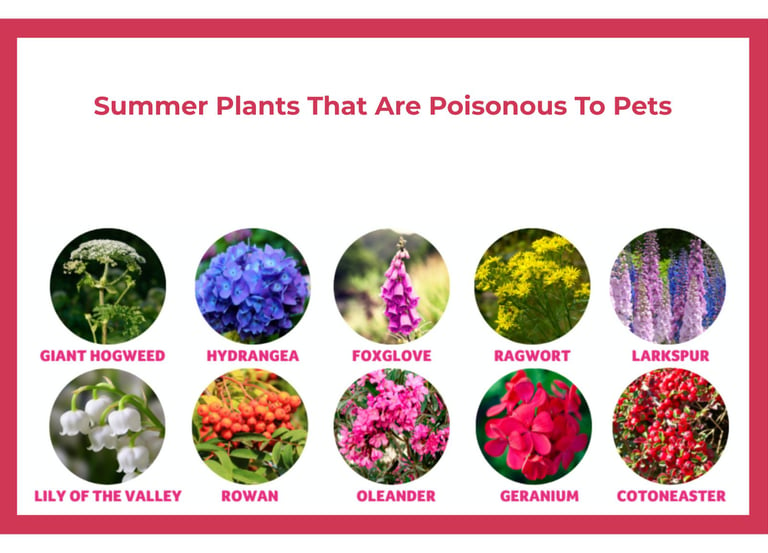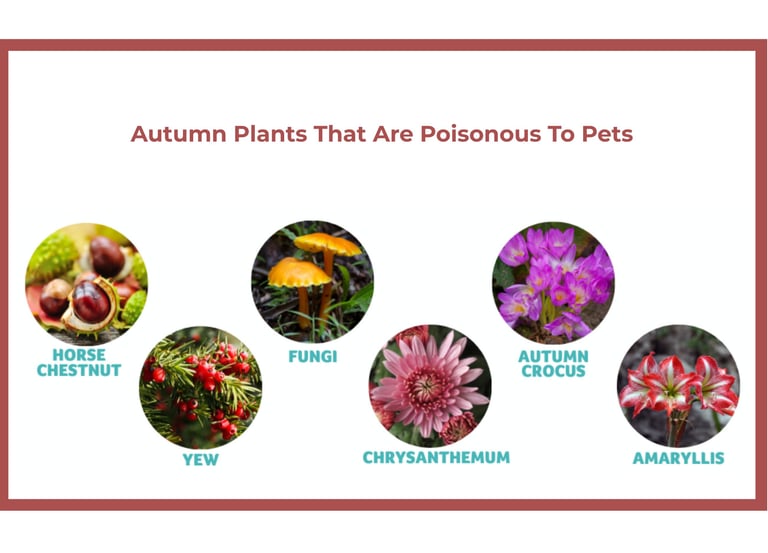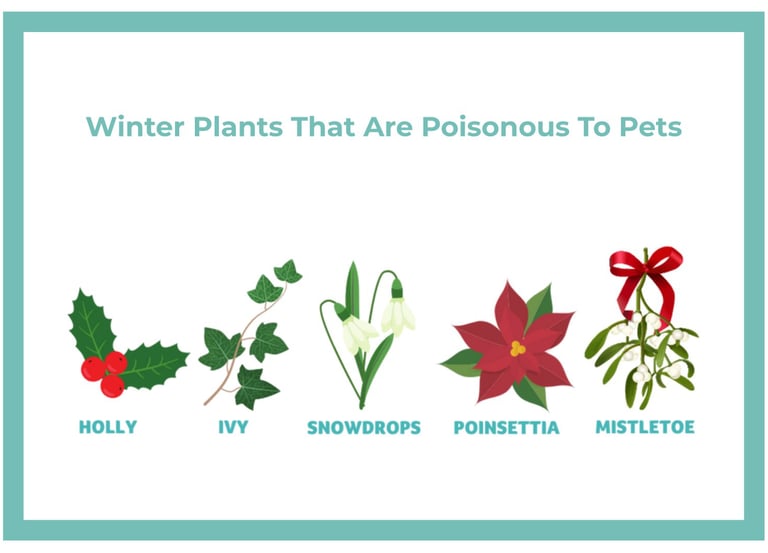Dog Hazards & Toxins Every Tampa Owner Should Know
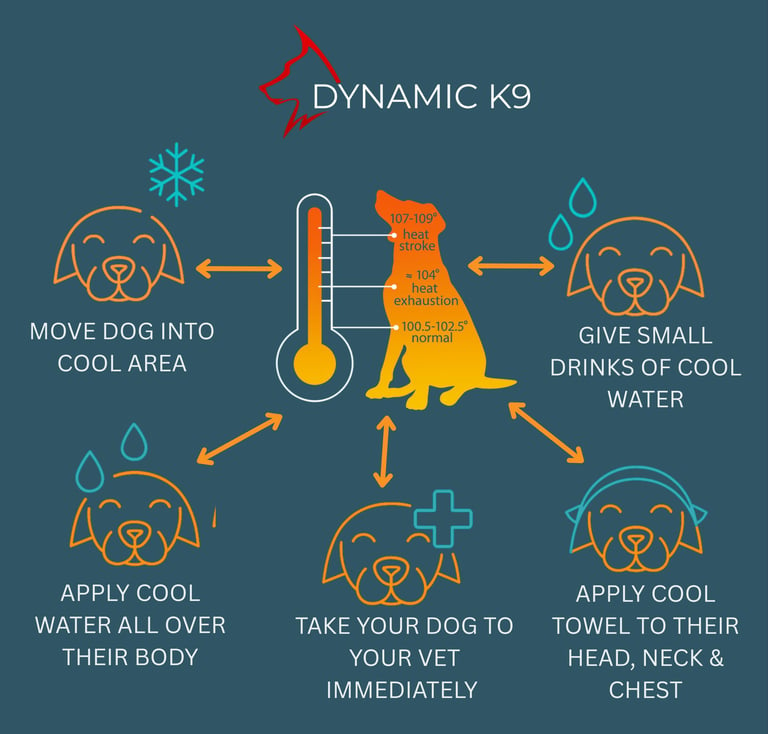

Causes
High heat + humidity (common in Tampa summers)
Overexertion on walks, play, or training
Lack of shade or water outdoors
Confinement in cars, garages, or poorly ventilated spaces
Short-nosed breeds (Bulldogs, Pugs, Frenchies) are at higher risk
Early Signs
Heavy panting, drooling, restlessness
Bright red gums or tongue
Weakness, wobbling, confusion
Vomiting or diarrhea
⚠️ Emergency signs: collapse, seizures, unconsciousness. Immediate vet care required.
How to Cool Your Dog
Move to shade or air-conditioning
Offer small sips of cool (not ice-cold) water
Apply cool towels to belly, groin, and paw pads
Use rubbing alcohol sparingly on paw pads, ears, or belly to disperse heat (don’t let dog ingest)
Use fans/AC to speed evaporation
See a vet immediately if symptoms are moderate or severe
Heat Stroke & Heat Exhaustion (Florida’s #1 Risk)
Hot Florida days can put dogs at serious risk. Unlike people, dogs don’t sweat much; they rely on panting and paw pads to release heat. When heat builds faster than it can escape, heat exhaustion or heat stroke can occur.
What To Do if Exposure Happens
Call your vet or nearest emergency hospital
Contact ASPCA Poison Control: 1‑888‑426‑4435 (fees may apply)
Contact Pet Poison Helpline: 1‑855‑764‑7661
Do not induce vomiting unless a vet instructs you
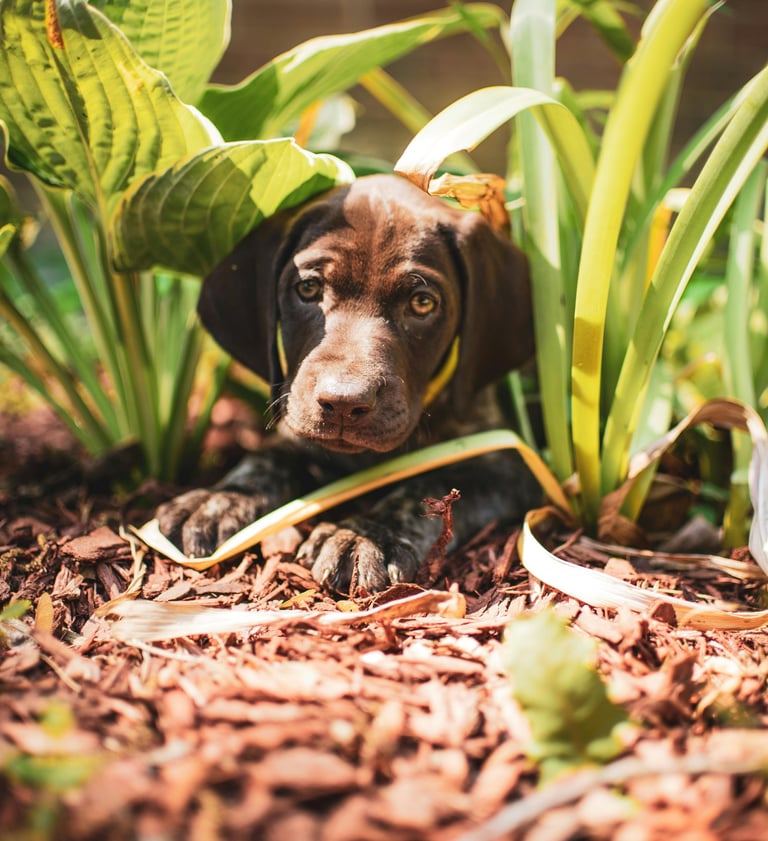

Quick Tips for Dog Owners
Supervise: Keep dogs away from garden beds and veggie patches.
Clean up: Rake leaves, berries, and cuttings promptly.
Check bouquets: Lilies and other flowers in arrangements can be just as dangerous indoors.
Vet help: If your dog chews or eats any of these, call your vet immediately.
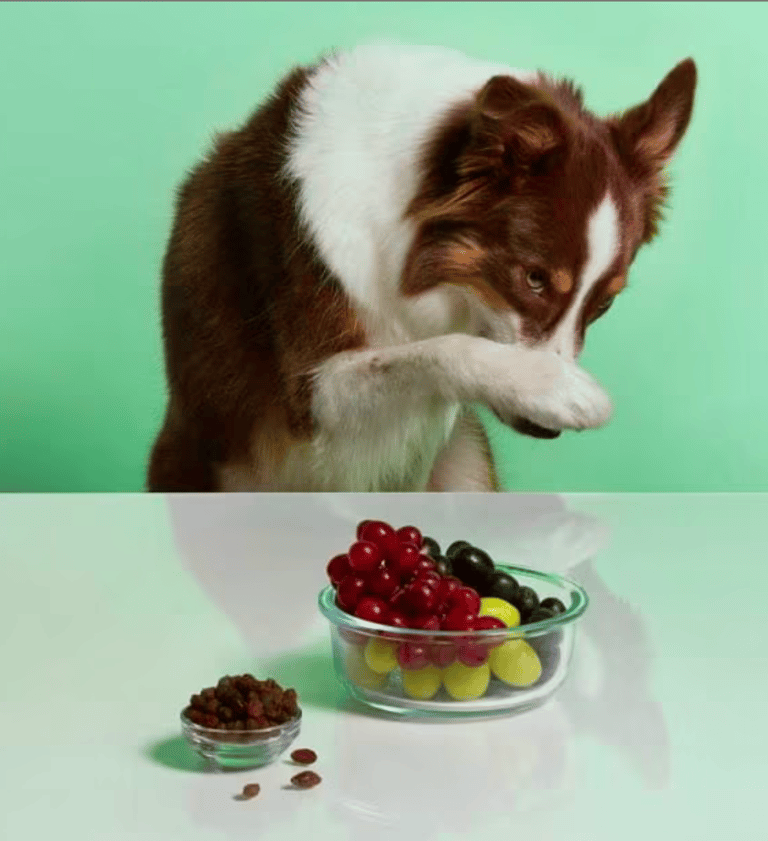

Toxic Foods for Dogs
Grapes, raisins, currants → kidney failure
Xylitol (sugar-free gum/baked goods) → dangerous blood sugar crash
Chocolate & caffeine → heart/nervous system problems
Onions, garlic, chives → red blood cell damage
Macadamia nuts → tremors, weakness
Cooked bones → splintering, internal injury
Yeast dough → bloat, alcohol toxicity
Toxic Plants in Tampa & Florida Yards
Sago palm (all parts) → severe liver failure
Oleander → heart effects, vomiting
Azaleas/Rhododendrons → drooling, weakness
Lantana → liver and GI problems
Philodendron, Pothos, Peace lily → mouth irritation, drooling
Castor bean → ricin poisoning (life-threatening)
Wild mushrooms → varied, assume toxic
Dangerous Animals & Insects in Florida
Bufo (Cane) toads – highly toxic secretions; drooling, pawing at mouth, seizures, collapse. Immediate rinse and vet care.
Venomous snakes – rattlesnakes, cottonmouths, coral snakes; bites cause pain, swelling, bleeding. Emergency vet attention required.
Fire ants – painful stings; allergic dogs may react severely. Rinse, monitor, vet if swelling.
Bees/wasps/hornets – stings cause swelling, pain, possible anaphylaxis. Cool compress; vet if severe.
Spiders – black widow, brown recluse; rare but serious bites. Seek vet care.
Scorpions – painful stings, may cause tremors/distress. Vet check advised.
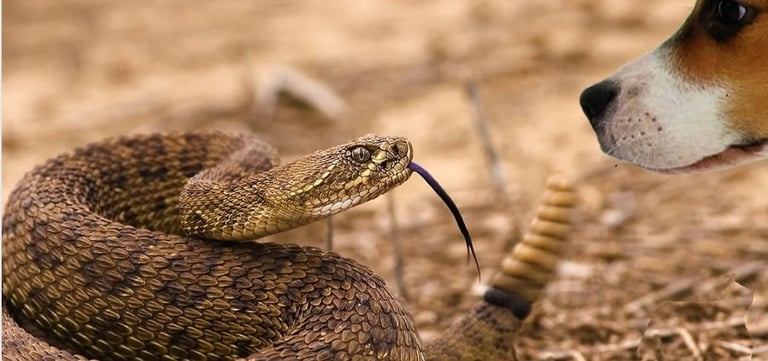

🌿 Poisonous Plants for Dogs (By Season)
Dogs are curious by nature, and many plants in our gardens and homes can be toxic if chewed or eaten. Here’s a season-by-season guide so you know what to watch out for year-round.
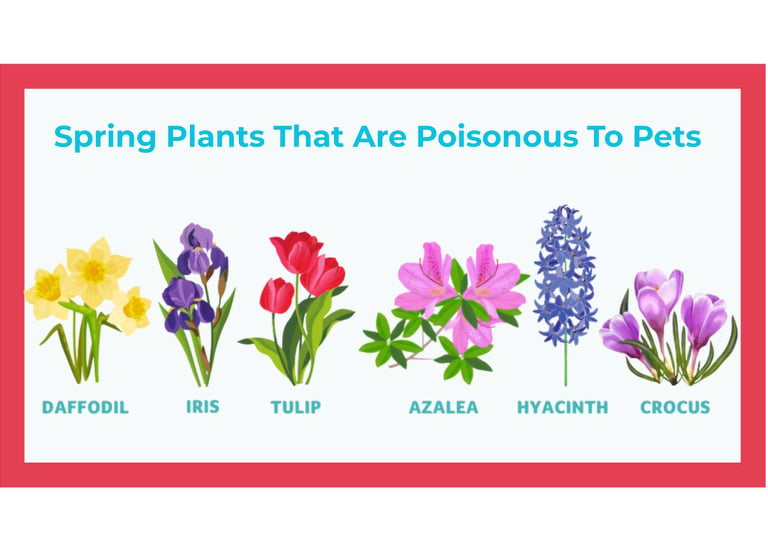

☀️ Summer Hazards
Summer means blooms and veggie patches. Watch out for both ornamental flowers and crops.
Toxic plants in summer:
Onions, garlic, and chives (Allium family)
Potato plants (Solanum tuberosum) – leaves & green/raw tubers
Tomato plants (Solanum lycopersicum) – leaves & unripe fruit
Azalea / Rhododendron
Oleander (Nerium oleander)
Larkspur (Delphinium)
Laburnum (Cytisus)
Hydrangea (Hydrangea species)
Grapevines (Vitis vinifera) – grapes highly toxic
Ivy, Holly, Laurel, Rowan, Horse chestnut (carryover hazards)
🍂 Autumn Hazards
Autumn brings falling leaves, berries, nuts, and fungi — all extra tempting. Fallen conkers (horse chestnuts) and acorns can cause blockages.
Toxic plants in autumn:
Autumn Crocus (Colchicum autumnale)
Chrysanthemum
Amaryllis (Hippeastrum)
Mushrooms / fungi (various species)
Mistletoe (Viscum album)
Holly berries (Ilex)
Horse chestnuts, acorns (gut blockages + toxins)
Oak leaves/acorns
Rowan berries
Cotoneaster berries
Heavenly Bamboo (Nandina)
Ivy and Yew (toxic year-round)
🌱 Spring Hazards
Spring brings bulbs and fresh growth — but bulbs especially are concentrated and dangerous.
Tips: Keep bulbs covered with mesh, avoid leaving dug-up bulbs where dogs can reach, and supervise in garden beds.
Toxic plants in spring:
Daffodils (Narcissus)
Tulips (Tulipa)
Hyacinth (Hyacinthus)
Snowdrops (Galanthus)
Iris and Gladioli (Iridaceae)
Lily of the Valley (Convallaria majalis)
Lilies (Lilium species)
Geranium (Pelargonium species)
Foxglove (Digitalis)
Giant Hogweed (Heracleum)
Ragwort (Senecio jacobaea)
Rhubarb leaves (Rheum rhabarbarum)
Laurel / Cherry Laurel (Prunus laurocerasus)
Oak (Quercus) — acorns and young leaves
Yew (Taxus)
Ivy (Hedera)
Horse chestnut (Aesculus)
❄️ Winter Hazards
Fewer plants bloom, but houseplants and holiday decor are common risks.
Toxic plants in winter:
Poinsettia (Euphorbia pulcherrima)
Holly berries
Mistletoe berries
Amaryllis (Hippeastrum)
Peace Lily (Spathiphyllum)
Dumbcane (Dieffenbachia)
Philodendron (Philodendron species)
Aloe Vera (Aloe species)
Sago Palm (Cycas revoluta)
Yucca (Yucca species)
Cordyline / Dracaena species
